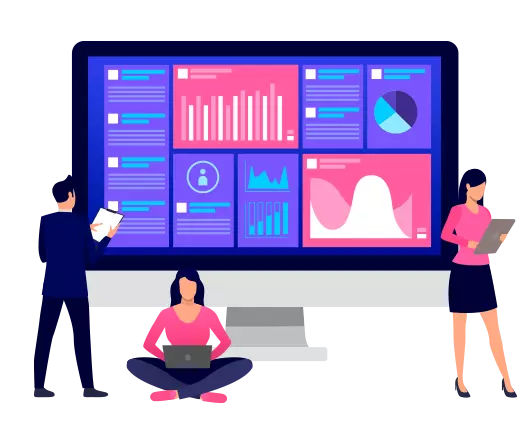
Highlightsof Our Big Data Course online
- Industry-Oriented Course
- Practical learning
- Mentoring sessions
- Practice Quizzes
- Recognized Certification
- Career support

At My Learning Course, we offer A to Z information about big data science and this particular industry. You can easily choose as per your interests & requirements to enhance your level of knowledge about the data-oriented industry.
Our Big data course modules are available in two categories; one is for beginners and another for professionals. At My Learning course, learn Big data course including, an Introduction to the big data industry and technologies such as Yarn, Hdfs, Hive, and MapReduce.
And in the second framework, we will introduce you to numerous data formats such as Avro, JSON, Parquet, XML, and Protocol Buffers. The last part of our offered module provides a brief about some essential tools to collect big data.
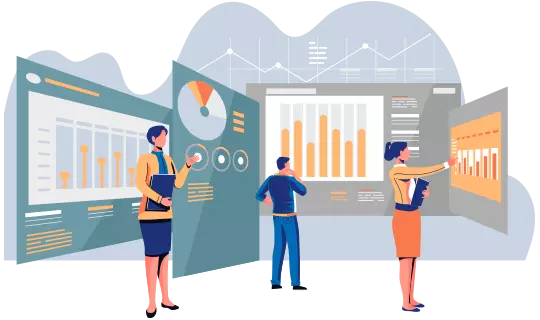
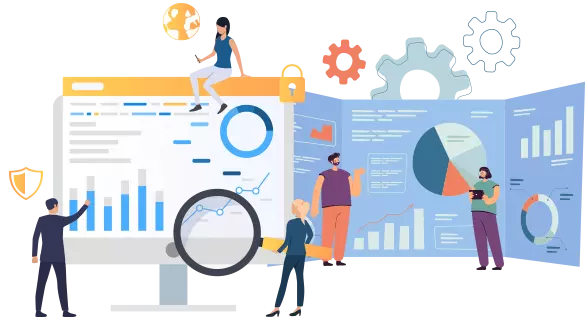
Learn Big Data Course in the most up-to-date industry standards, with My Learning course, which will help you advance your career.
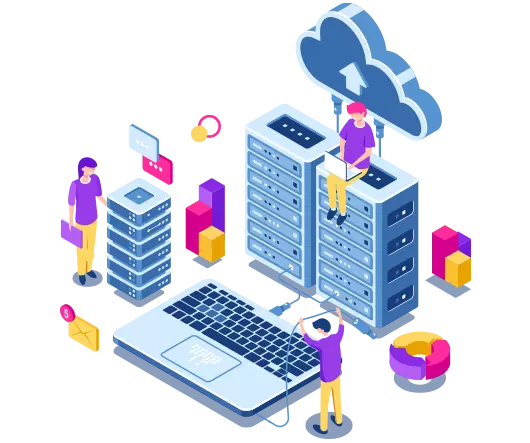
We are already into an advanced era of data science and big data, which directly refers to the data sets analysis process used to collect and find some insights properly. You need new data sources to complete the big data mining process.
The meaning of big data is similar to huge and when you use some of the tools to manage, store and classify these huge sets of data, the process starts. In the educational modules of the My Learning Course, we will let you learn and enhance the advanced knowledge of some of the data mining tools as well, which comes under the advanced level of the big data courses syllabus.
We provide very actionable training that will help beginners master affiliate marketing quickly. This training will undoubtedly save you a lot of time by preventing you from making avoidable mistakes or employing ineffective tactics that slow you down. After enrolling in our best affiliate marketing course in India, you will be able to utilize all you've learned in your profession.

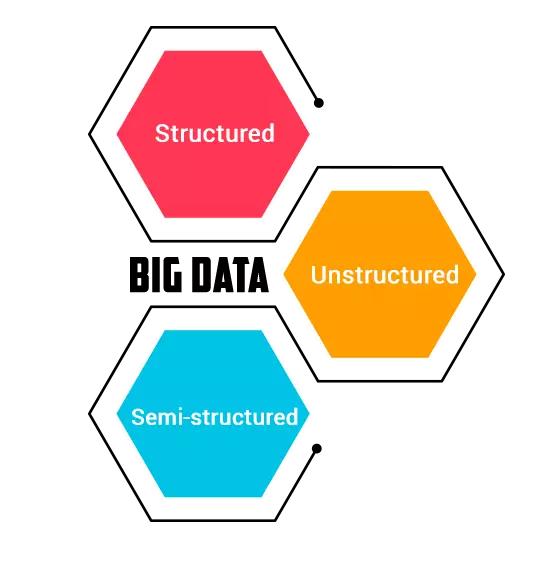
Big data encompasses a wide range of data types; structured, unstructured and semi-structured data
• Structured - This is a type of data that you find in a proper and fixed format. It is generally stored in a database that follows a simple algorithm. This is also known as one of the easiest data types as users already know its format. The data store in any organization’s datasheet in the form of spreadsheets and tables is the best example of its type.
• Unstructured - Data having unknown or not having a fixed or proper structure is identified as unstructured data type. Suppose, you search something on Google and find various results including images, videos, website links and news related to that particular search keyword, which is known as one of the examples of an unstructured type of big data.
• Semi-structured - Semi-structured refers to the combination and mix of structured and unstructured data types. In this, you will find unstructured data having some relevant and essential tags. A table definition in a DBMS (Database Management System) can be an example of this big data type.
Big data technologies contain numerous characteristics such as veracity, value, volume, variety, validity, visualization, volatility and velocity. You can mention this in various ways including 3 vs of big data, 4 vs of big data or 5 vs of big data industry.
You can mention this in various ways including 3 vs of big data, 4 vs of big data or 5 vs of big data industry.
1.Predictive Applications - It is just another word used for identity and access management, which simply means to control the entire process of managing the control of your data access program. With this option, you can also rectify issues including how someone can gain identity with access and how to protect it.
2.Data Processing - This is a process where you can organize and store raw data and convert it into a meaningful outcome. Generally big data professionals use visual diagrams and charts to show the results. And it becomes easy for users to obtain and search from the insights and organized conclusion.
3.Reporting - The main goal of this data processing feature is to keep the customers at the top. They easily can get a minute-to-minute report in a proper dashboard format and find location-based insights.
4.Security - With the help of this feature, you can keep safe and secure your system and login credentials. There is a single-sign-on feature, which allows you to access multiple applications using a single detail of input credentials.
5.Technology Support - One of the best features you can get through data analytics tools is that it should support a variety of different technologies at the same time. This process is also known as bucket testing which tests two or more two versions of a web page or application to determine the best one.
6.Analytics Big data comes with analytic tools which provide users with a set of modules and packages such as risk analytics, text analytics, decision management, content analytics, statistical analytics and predictive analytics.
For example; with risk analytics, users can decrease the negative impact of future or upcoming events.
A big data engineer is someone who is an IT professional who works to maintain, design, test and build a detailed and proper report of sets of any type of data. He should have a deep knowledge of SQL database design and different programming languages.
This is one of the growing sectors in India and the big data engineer salary starts with an average bar of 12 Lakhs per annum. So you can enter into this field and earn a lot of bucks as per your knowledge, skills and experiences.
The role of a data engineer is huge and it includes managing and completing a proper data mining process. You also can master this field, just choose one of the courses provided by My Learning Course and give wings to your career.
Although, the task of a data engineer is not easy at all, that is why our team of experts and tutors offer each possible help to make you understand and learn all about big data analytics and technology.
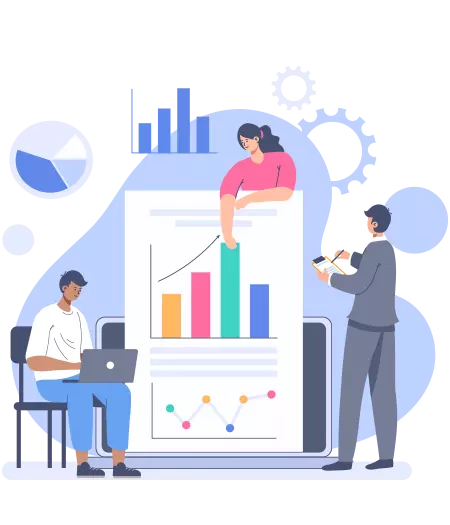
The big data industry is evolving each day and like other latest technologies, the particular technology is facing some of the challenges, which are shown here:
I am fortunate to be able to immediately enroll in My Learning. It has had a huge influence on my professional path. The most effective way to boost your career by taking an online Big Data course.

Enrolling for Big Data Online Courses was the best decision I ever made. This course will convince any candidate, regardless of their present field, to convert to a Big Data profile. It's quite remarkable, and I'd advise anyone interested in working in the Big Data industry to begin here.

The course covers all topics in depth, from the fundamentals to advanced levels. I had previously worked with Big Data, but some of the optimization principles were new to me, and it covered both theoretical and practical elements. This is a very informative course.

This institute has taught me everything I know about big data. Faculty here educates the necessary technology that firms are now using. This big data course will provide everyone with a thorough understanding of the subject. You will master the most up-to-date data analytics approaches if you enroll in this course.
Big Data is among the most appealing professions since it offers a wide range of chances. Data Engineers, Data Analysts, and experts with Big Data experience are in high demand today.
It's a technical position necessitating a bachelor's or master's degree in analytics, computer modeling, science, or mathematics.
Big data technologies are used in various industries including energy, finance, transportation, crime prevention, smart city initiatives, logistics and some other government services. All these fields generally take help from this data mining procedure and keep an eye on risk-management and real-time analysis of big data collected by the organizations.
SQL (Structured Query Language) is a programming language that is used to retrieve, update, insert, manipulate, and alter data. SQL is capable of handling large datasets. Every ambitious data scientist should have this competence. SQL is a requirement in today's Data Science jobs.
Data is the main component of AI, as it powers this technology. Without data analysis, AI and machine learning technologies and applications cannot perform properly. It helps to improve, learn and acquire skills of AI applications.
